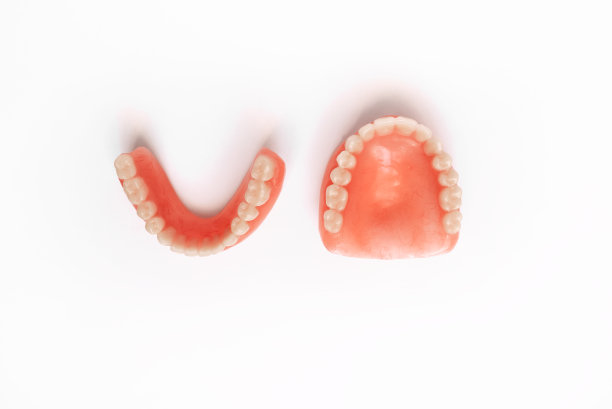The Complete Guide to Safely Extracting a Tooth for Optimal Dental Health and Comfort
Summary: Extracting a tooth can be a daunting experience, but it is essential for optimal dental health and comfort. This comprehensive guide covers everything from understanding the reasons behind tooth extraction to the safe procedure, post-operative care, and possible complications. By equipping yourself with knowledge, you can navigate this process confidently and painlessly, ensuring a smoother recovery. Learn how to prepare for the extraction, what to expect during the procedure, and how to care for your mouth afterward. With the right information, you can minimize stress and promote healing effectively.
1. Understanding When Tooth Extraction is Necessary

Tooth extraction is often recommended when a tooth poses a risk to overall dental health. Common reasons include severe decay, advanced gum disease, or the presence of impacted wisdom teeth. Its crucial to recognize the signs that indicate a tooth may need removal, as early intervention can prevent more severe complications.
Severe decay can render a tooth non-salvageable even after treatments like fillings or root canals. In such instances, extraction is the best option to prevent infection from spreading to neighboring teeth. Additionally, gum disease can weaken the foundation of teeth, leading to mobility and eventual loss, thereby necessitating extraction.
Impacted wisdom teeth are another significant reason for extraction, as they can cause pain, swelling, and infection if left untreated. Regular dental checkups will allow your dentist to monitor these factors, ensuring timely intervention when necessary.
2. The Extraction Process: What to Expect
When you decide to proceed with a tooth extraction, understanding the procedure can ease anxiety. The process typically begins with a thorough examination and X-rays to assess the tooths condition and root structure. Your dentist will then discuss anesthesia options to ensure comfort during the procedure.
The extraction itself may vary depending on whether the tooth is erupted or impacted. For a simple extraction, the dentist will loosen the tooth with instruments and remove it smoothly. In cases of an impacted tooth, surgical extraction may be required, which involves making a small incision in the gum to access the tooth.
Throughout the procedure, dental professionals will prioritize your comfort and ensure that you experience minimal pain. Knowing what to expect can make the experience less intimidating, allowing you to focus on recovery.
3. Post-Extraction Care for Best Health
After the extraction, proper care is essential for optimal healing. Initially, you should bite down on a gauze pad for about 30 minutes to control bleeding. Avoid rinsing your mouth or touching the extraction site during this critical period, as these actions can dislodge the blood clot that is necessary for healing.
Following the procedure, you might experience swelling and discomfort. Applying an ice pack to the outside of your cheek can help alleviate these symptoms. Additionally, your dentist may prescribe pain relievers to ensure your comfort in the first few days.
Maintaining oral hygiene is still important post-extraction, but you must do so carefully. Continue brushing your teeth, but avoid the extraction site for the first few days to prevent irritation. Gradually, you can introduce gentle rinsing with salt water after 24 hours to promote healing.
4. Recognizing Complications and When to Seek Help
While tooth extraction is generally a safe procedure, complications can arise, which is why being aware and proactive is essential. One common concern is dry socket, a painful condition that occurs when the blood clot becomes dislodged before healing is complete. Symptoms include severe pain and a foul odor emanating from the extraction site.
If you notice increased swelling, redness, or pus coming from the extraction site, these may be signs of infection. Its vital to contact your dentist immediately if you experience any of these symptoms, as proper treatment can help mitigate further health issues.
In cases where pain persists beyond a few days or becomes increasingly severe, seeking professional guidance is crucial. Prompt consultation with your dentist ensures that any complications are addressed early for a smoother recovery.
Summary:
In summary, tooth extraction is a procedure that can sometimes be necessary for better dental health. By understanding when an extraction is needed, knowing what the process entails, following post-operative care guidelines, and recognizing complications, individuals can approach the experience with greater confidence. This guide aims to empower patients with the knowledge to ensure their comfort and promote effective healing after a tooth extraction.
This article is compiled by Vickong Dental and the content is for reference only


